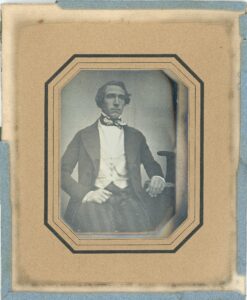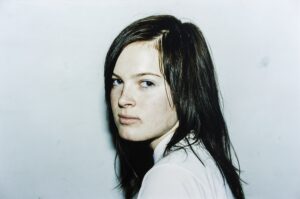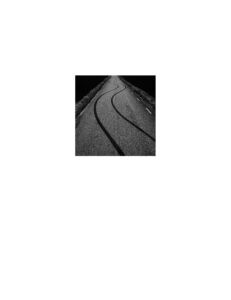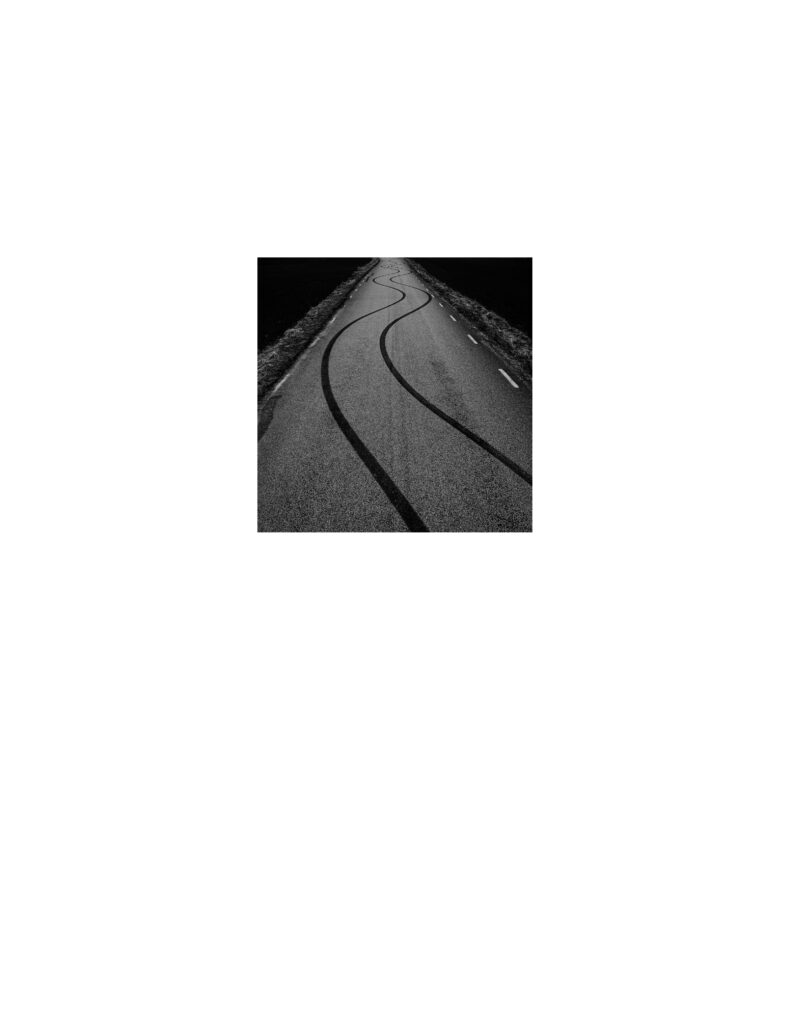Photography today
Photography today is, in short, very different from photography in the mid-1800s. From sensitive, heavy and difficult-to-master equipment and development, to today’s ever-present opportunity to immortalize our surroundings in both moving film and still images. Images that, at the same moment they are taken, can be spread for public viewing across the entire planet earth. The photograph, which initially replaced the need for painted portraits, is today full of functions in our everyday life. If we want to remember something simple, perhaps the price of an item, or a quote from a lecture, we take a photo. Our readily available cameras largely replace the pen and pad. The camera replaces the chair when we have to look up above the high shelf. What does today’s camera mean to us? Today’s professionally active photographers have a different competition than in the 19th century. Almost everyone can take a photo. Technology has been democratized. But does everyone know what makes a picture worth showing? On social media, photos are pumped out and questioned. Should we share pictures of our children? Who owns the rights to the artwork seen on the screen? Does everyone really need to see what you had for lunch? Is the image actually real, or has it been manipulated?
In his series Phone Diary, the photographer Jerker Andersson has devoted himself fully to today’s available photographic technology, and used the camera in his phone. In the exhibition’s photographs, taken from the image series between the years 2013-2022, he has overlooked the possible shortcomings of the simple camera and let the moment rule; the moment and the imagination of the subject. The images capture shapes in the landscape, such as tire tracks and plant silhouettes, rather than aiming to be documentary.
In her image “Work 1988–2011, motif: rock” the photographer Frida Johansson has used reality as manipulation. An older photograph, taken from the family album, has been brought to the geographic location where the photo was once taken. Frida holds up a paper copy of the photograph to the horizon so that the past merges with the present, and takes a new photo. A kind of living collage before our eyes; a photo montage that connects history to the present.
The road between Carl O Schéle and Phone Diary can be seen as long and changing. But are, in a similar way to Frida Johansson’s montage, only two mirror images of the human nature: The desire to attach a moment, a memory, in a preserved form for the future.




